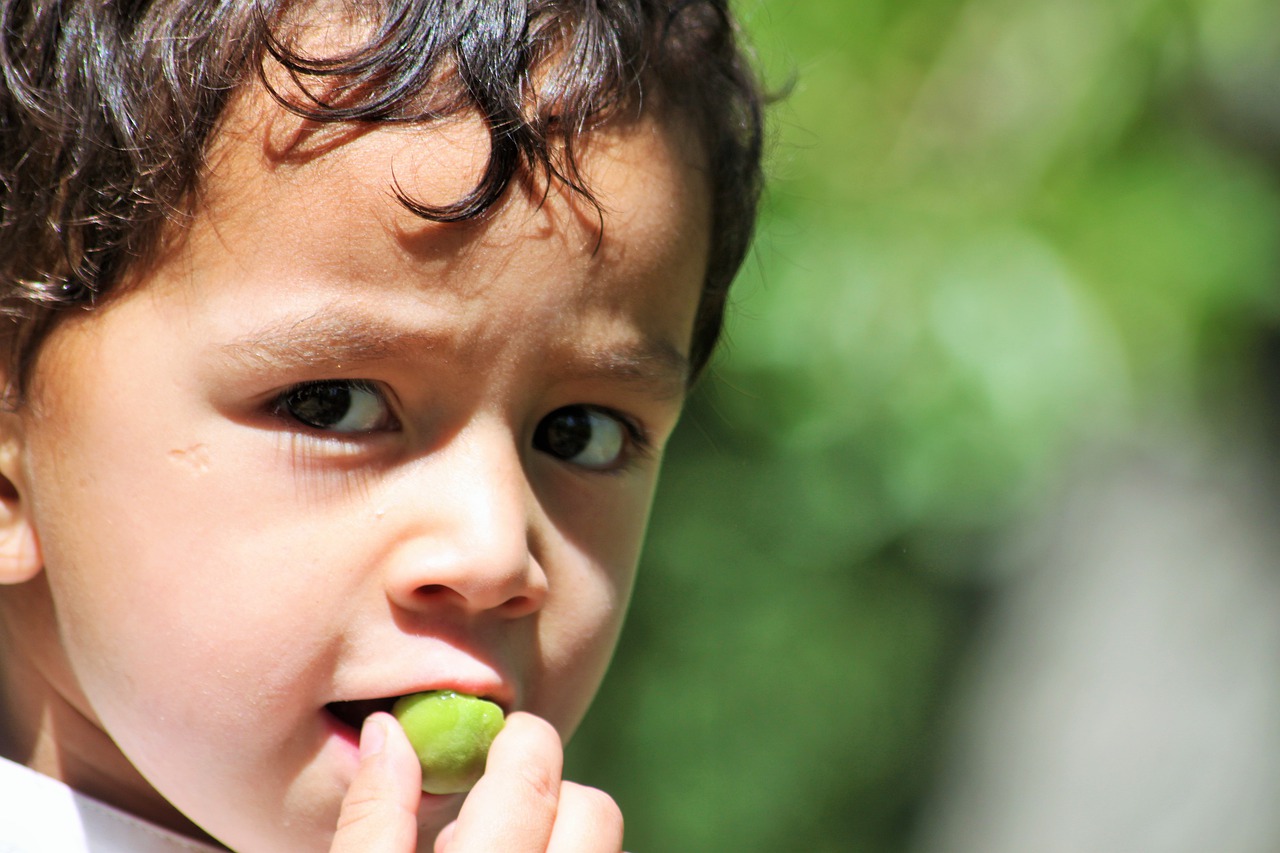
Trying to prepare healthy food for a child unwilling to expand their palate is a frustrating experience for parents as well as kids. Parents, understandably, don’t want to feel like a short-order cook preparing different food for the child with limited food preferences.
For their part, picky kids often feel stressed and anxious about trying new food. Most children want to make their parents happy, and kids with limited palates typically don’t refuse new food just to be difficult.
They may even like the taste if they would try it but can’t get past the smell or texture of the food. These tips from child nutrition experts and managers in the restaurant industry can help expand your child’s palate.
Expand Your Child’s Palate While Respecting Individual Preferences
According to some nutrition experts, some people must try a new food up to 13 times before they learn to like and accept it. While parents don’t need to be that persistent, they should establish the expectation that a child at least try each item on his or her plate. Sometimes kids surprise themselves while other times their trying a food they assumed they disliked only solidifies the feeling.
The important thing for parents is to remain consistent in their expectations. They should also provide plenty of encouragement when their child willingly tries a new food, whether it becomes a favorite or not.
Children, like adults, will naturally have foods they truly dislike after trying them. Parents should never force children to eat something unpalatable to them since it could set up power struggles for years to come.
Additional Tips from the American Academy of Pediatrics (AAP)
The AAP states that one of the most important things parents can do is remain calm. While aversion to healthy food is frustrating, all but a small percentage of children eventually outgrow it. Here are some other pieces of advice for parents from the AAP.
- Don’t allow kids to have snacks or drinks in the hour before a meal.
- Include children in the meal preparation process as much as possible. Younger children especially love to help and being involved in getting the food on the table could make them more likely to willingly try what is on their plate. Try having the kids help out with making their own home-made pizza pies.
- Overlook tantrums and pouting while praising good behavior. Children will soon realize that acting up at the dinner table doesn’t get them any attention.
- Make gradual food changes to give children time to adjust. The more subtle the introduction of new food, the less likely it is kids will even notice.
- Parents should speak to others who occasionally care for their child to ensure they follow the same tips to maintain consistency.
Introducing Kids to Chinese Food
Chinese food and traditions are novel to children, which just might make them more willing to go along with eating new foods. Before going to the restaurant, parents should explain that other cultures prepare food differently than the United States. The food they get may be more spicy or sour than they eat at home.
The same rule of at least trying everything on the plate should apply to eating out and eating at home. Lastly, parents can take advantage of their children’s fascination with chopsticks, fortune cookies, and other traditional parts of a Chinese meal they have never experienced and encourage them to try new things.
Before you know it, you may find success in your efforts to expand your child’s palate.




